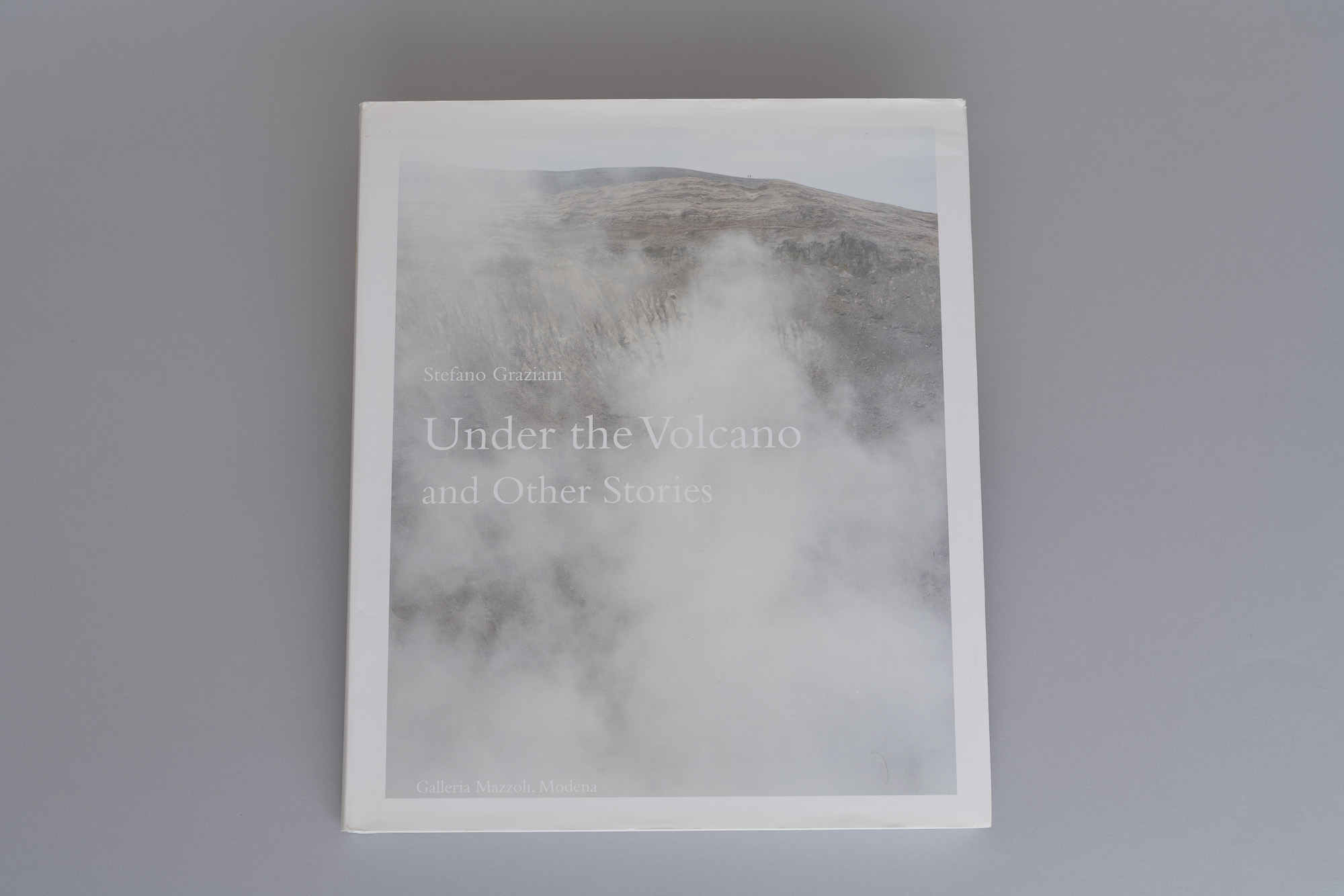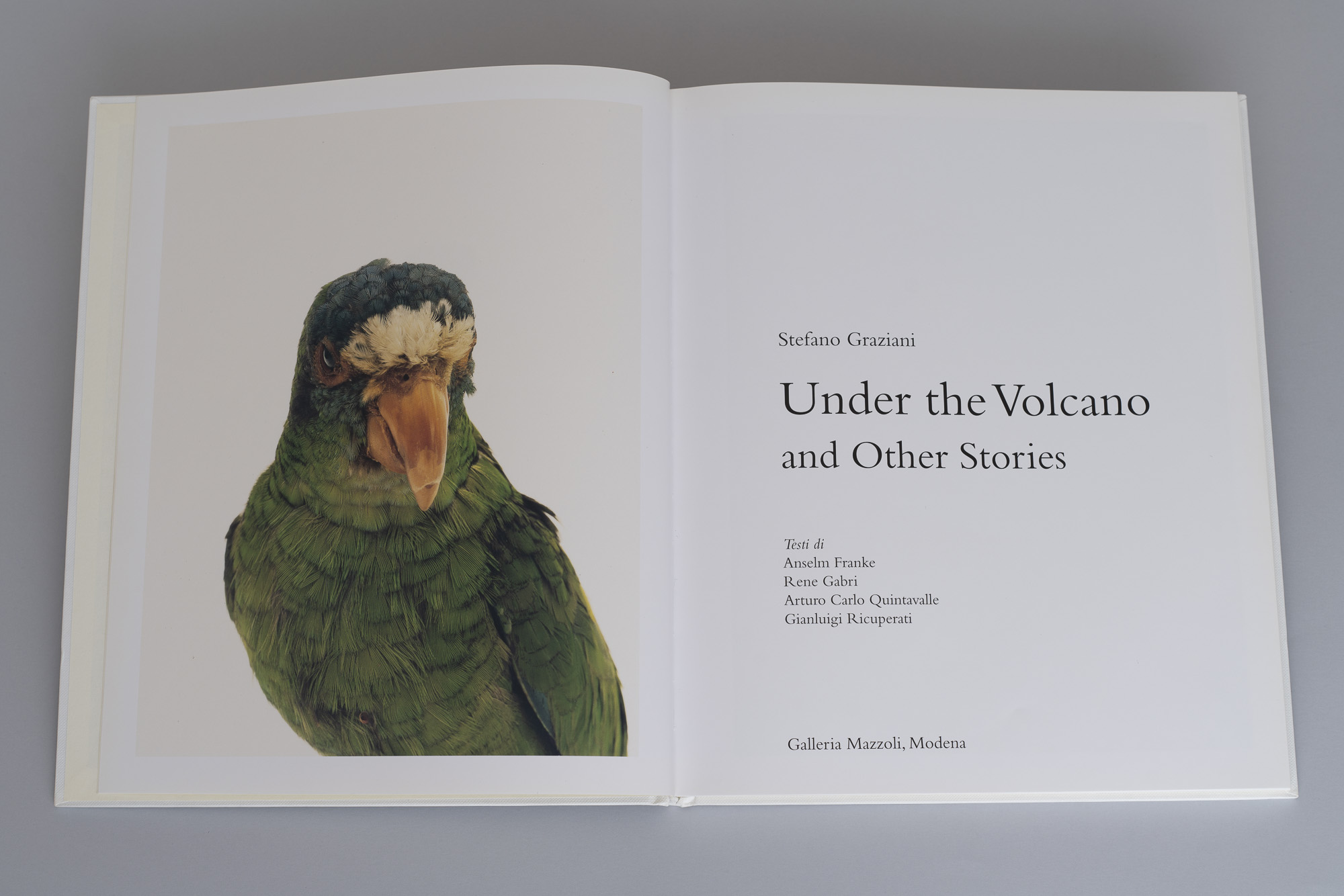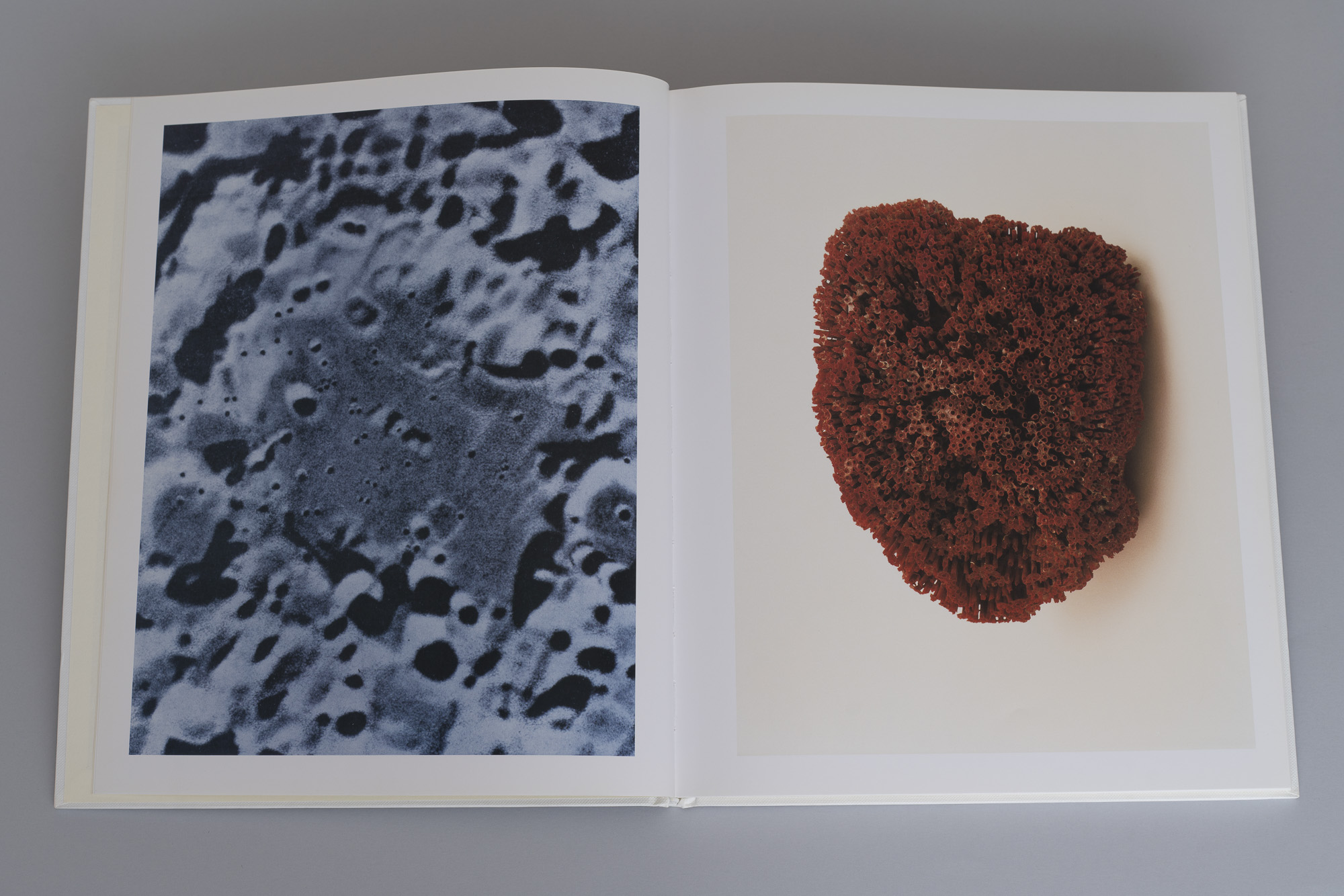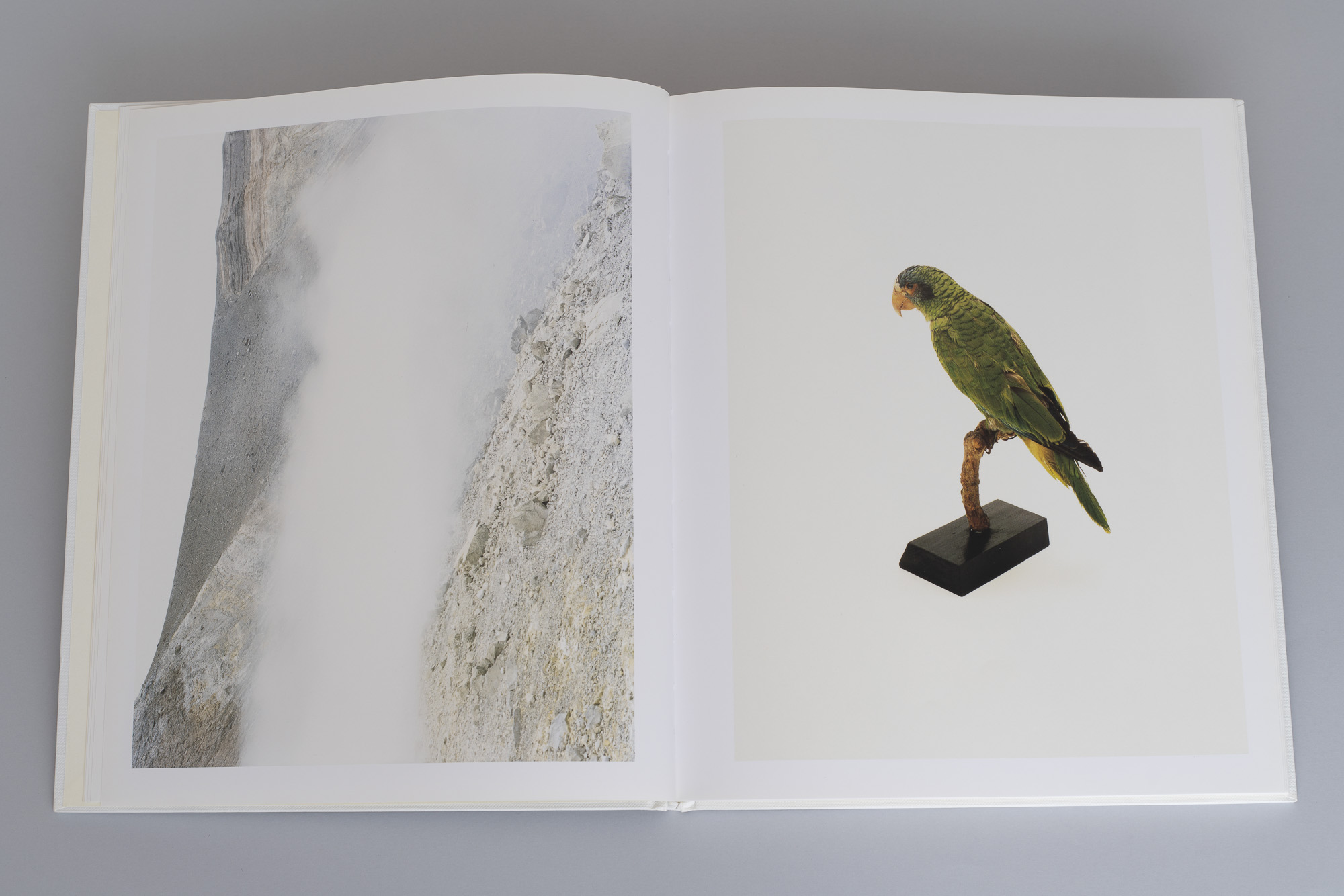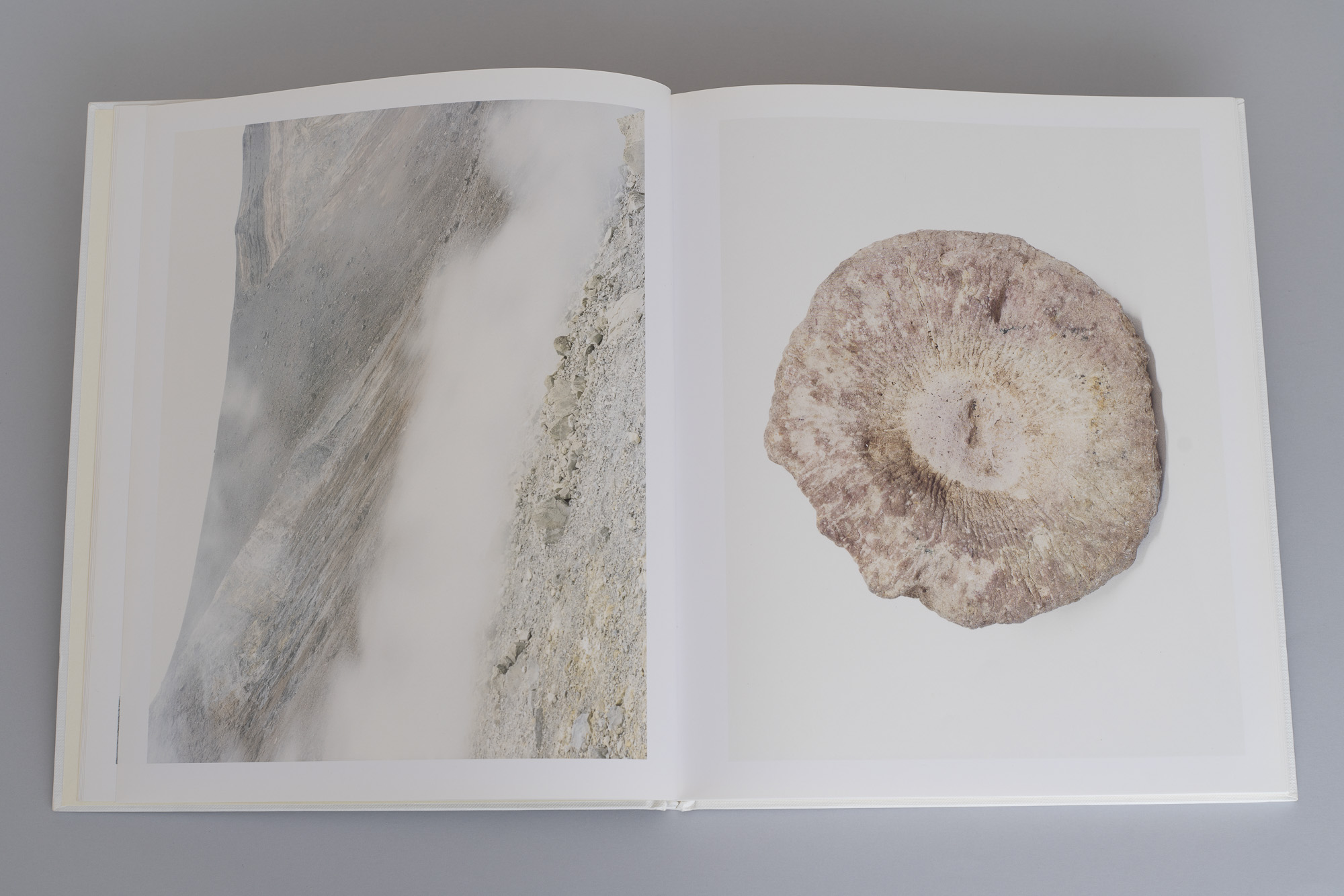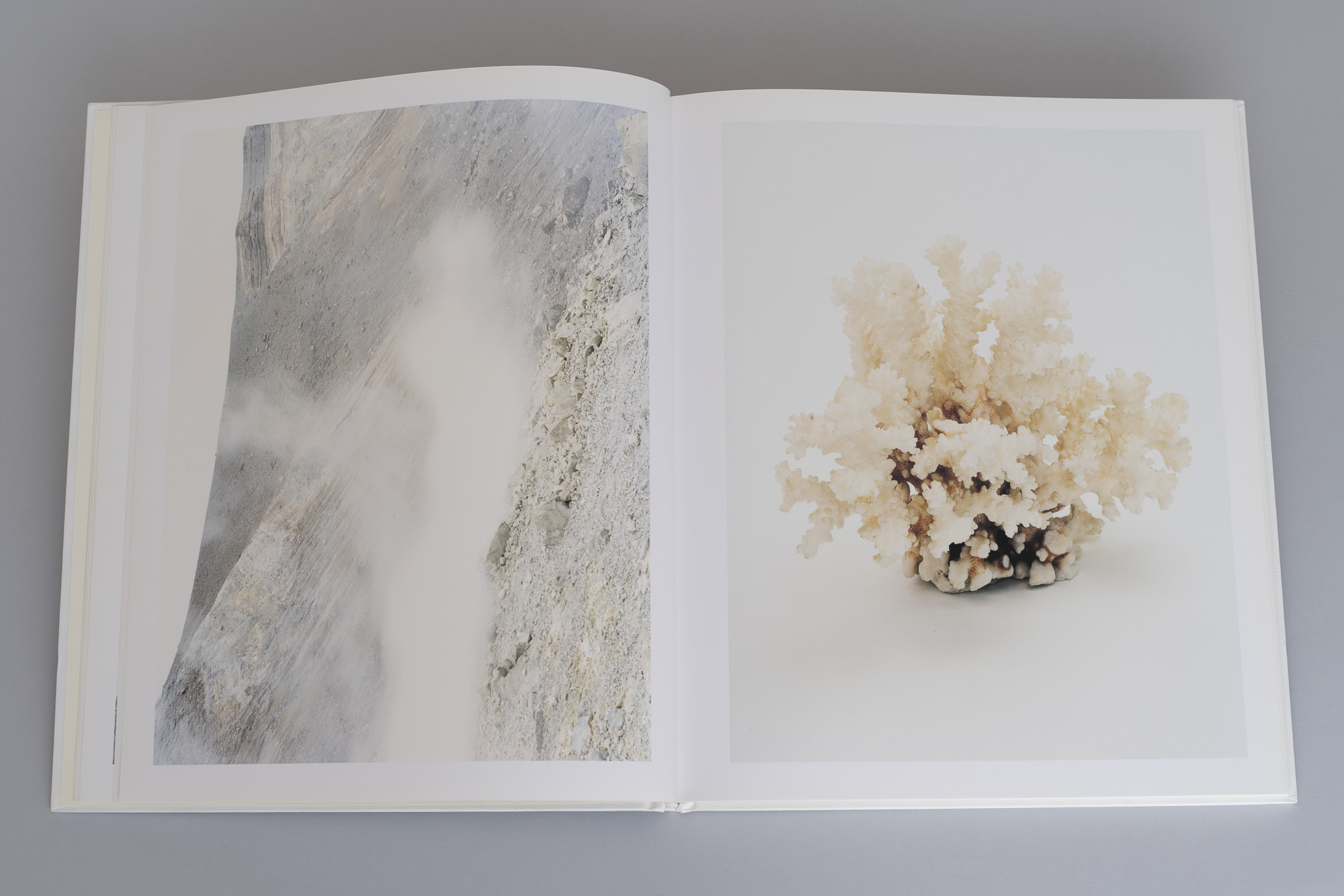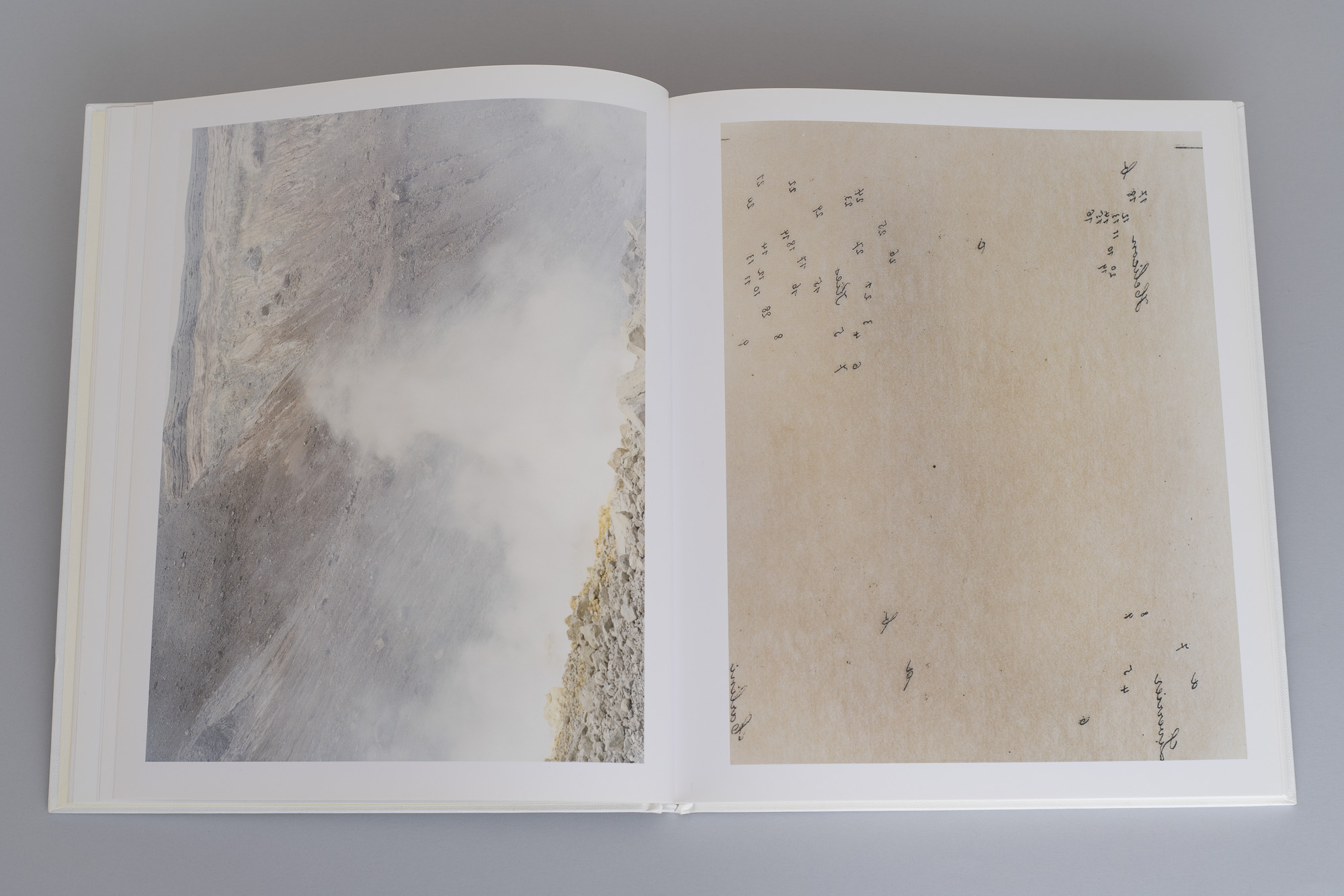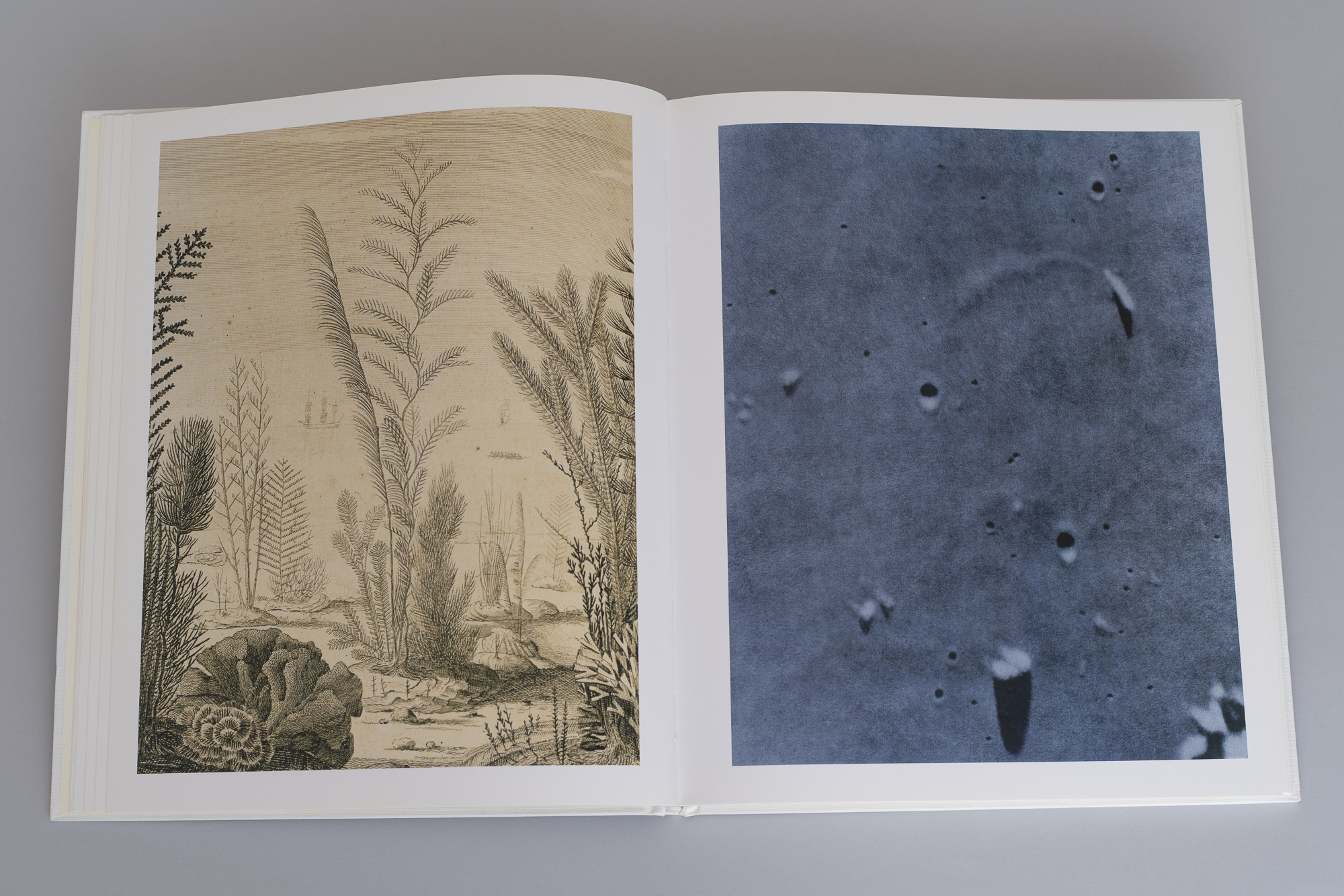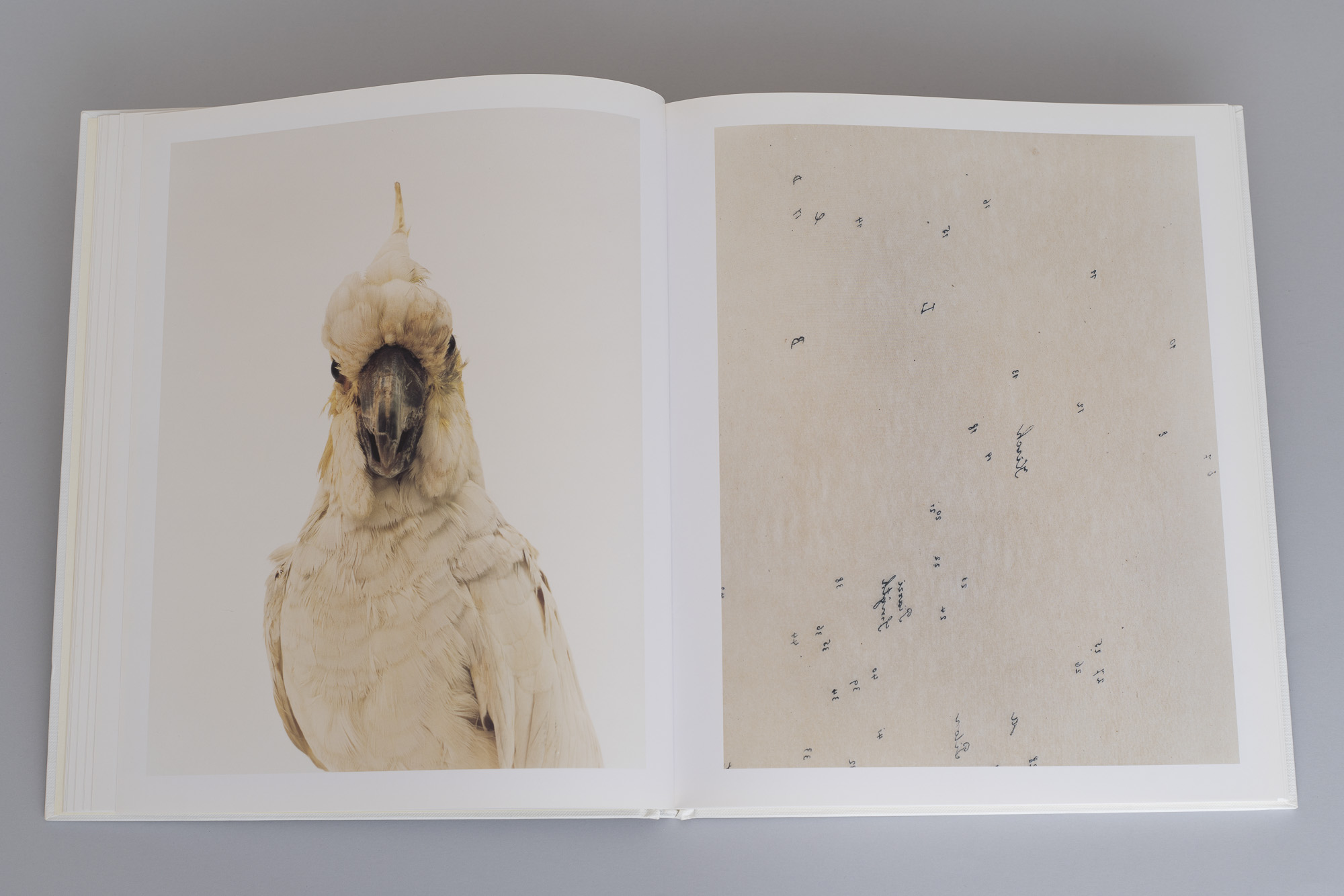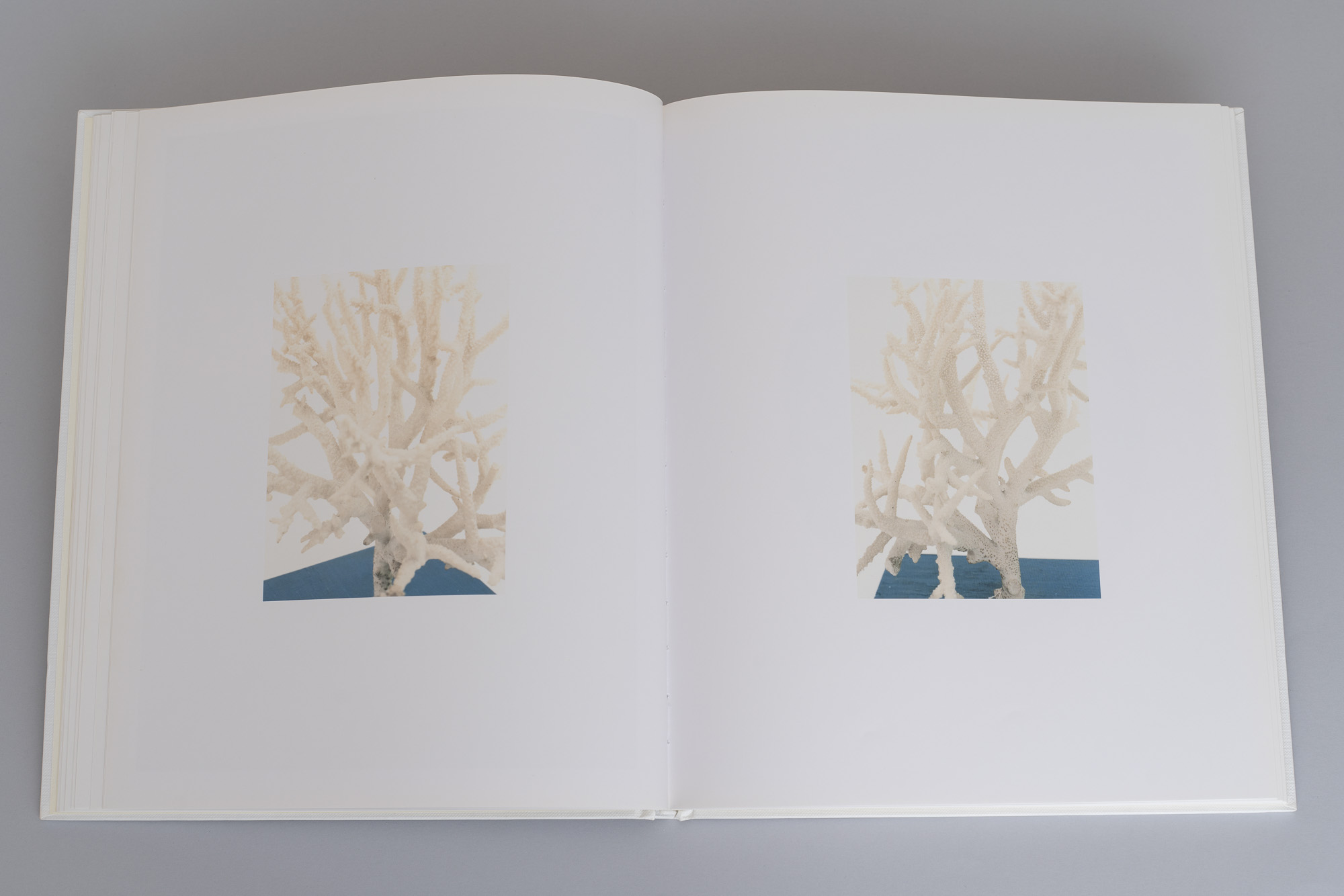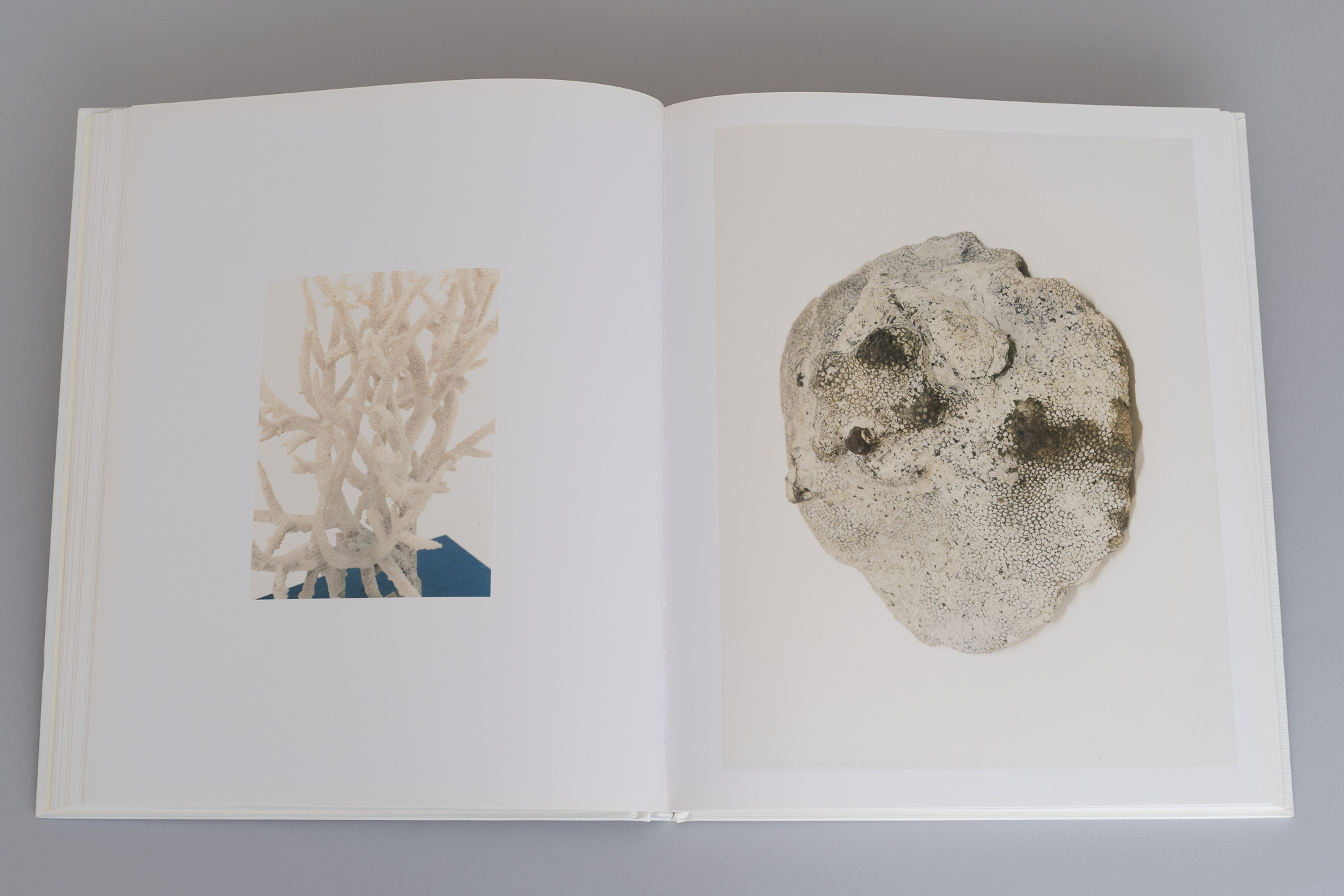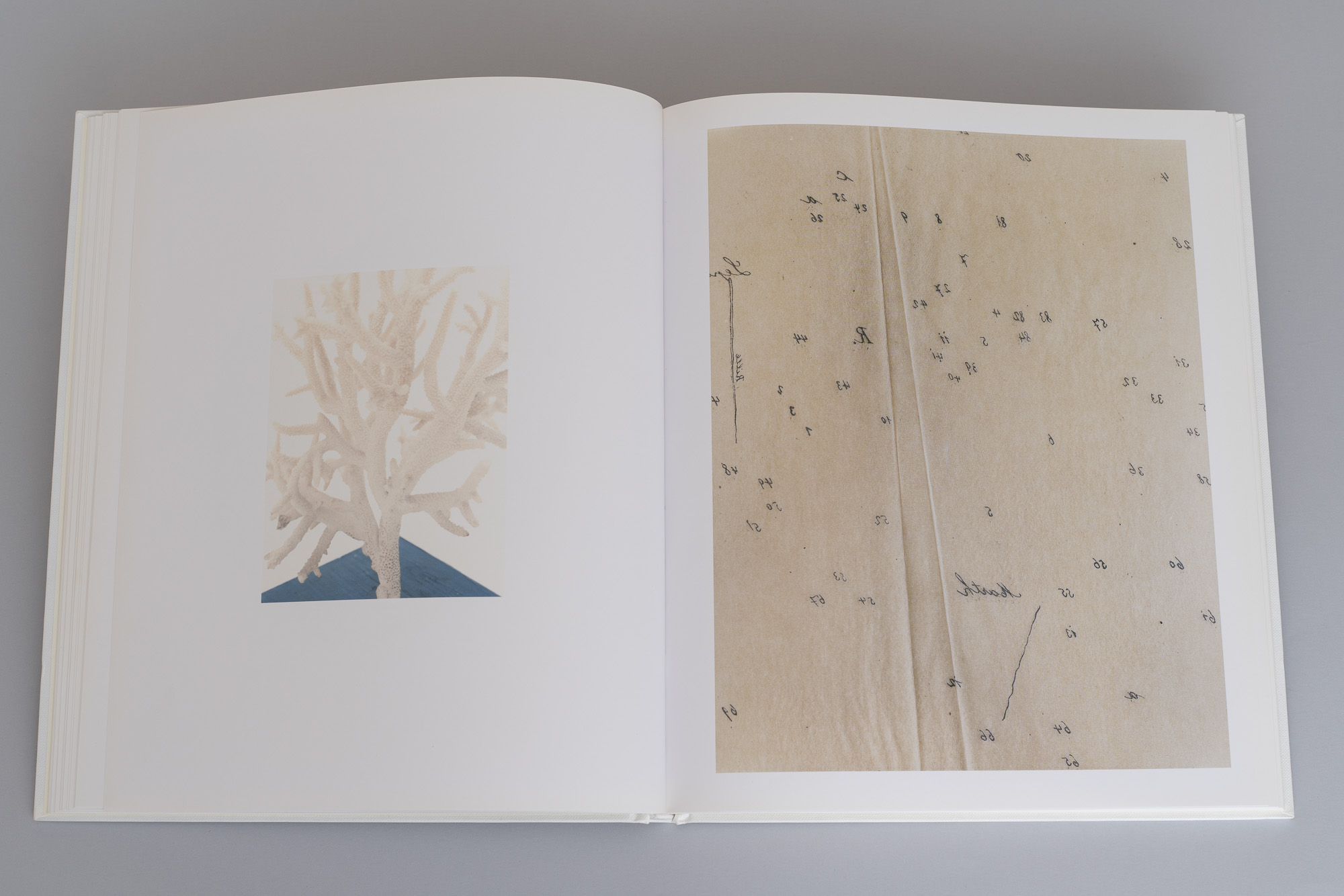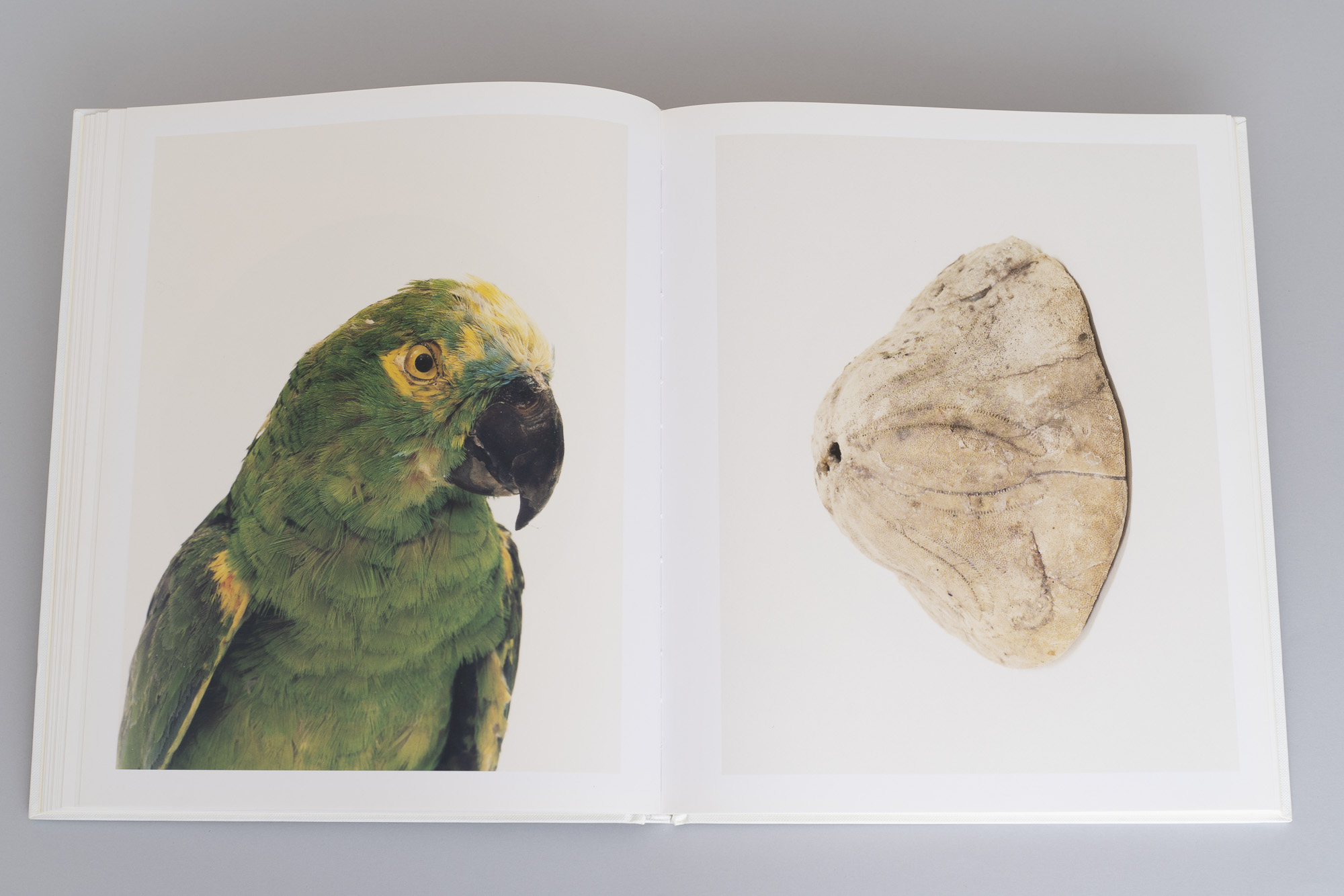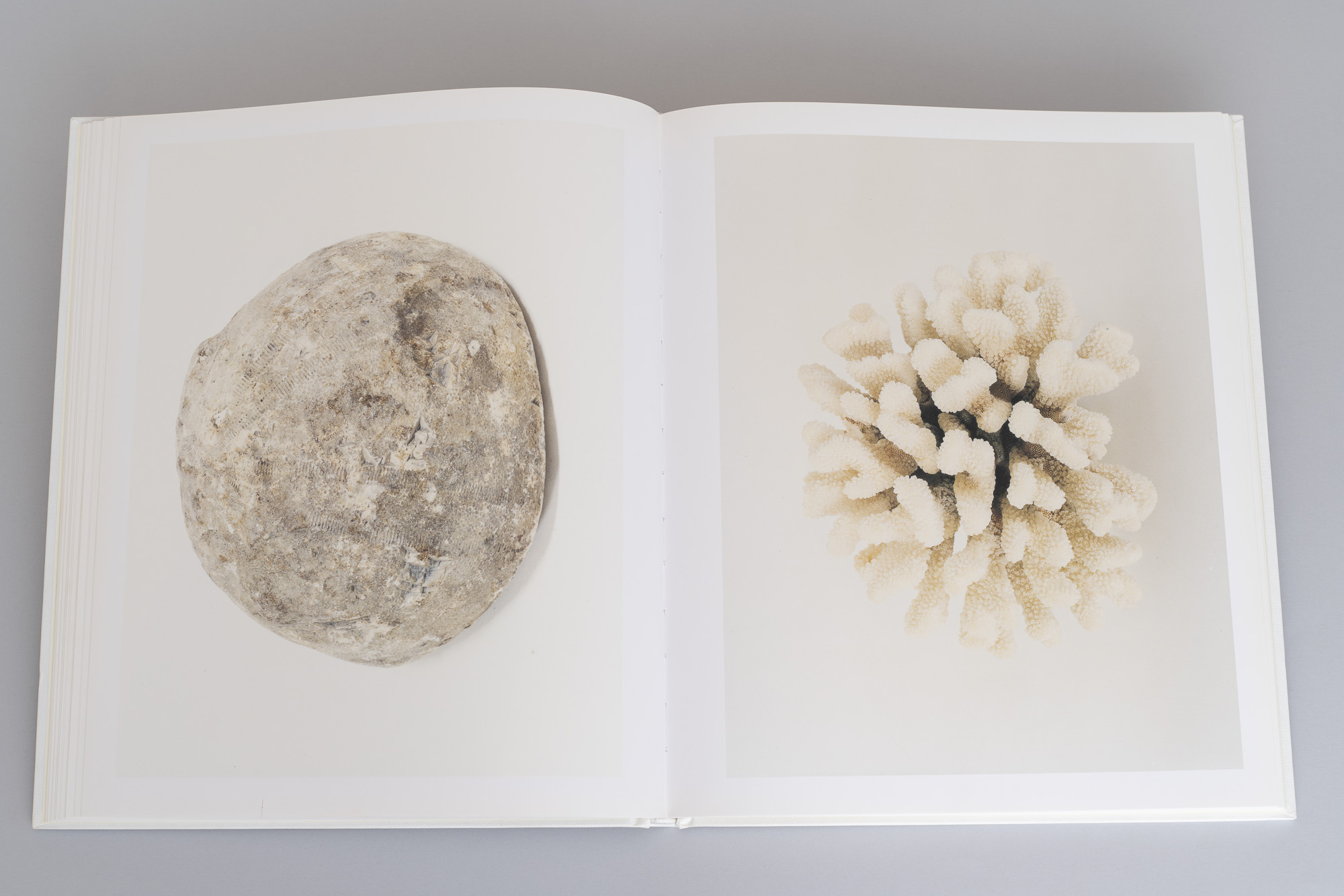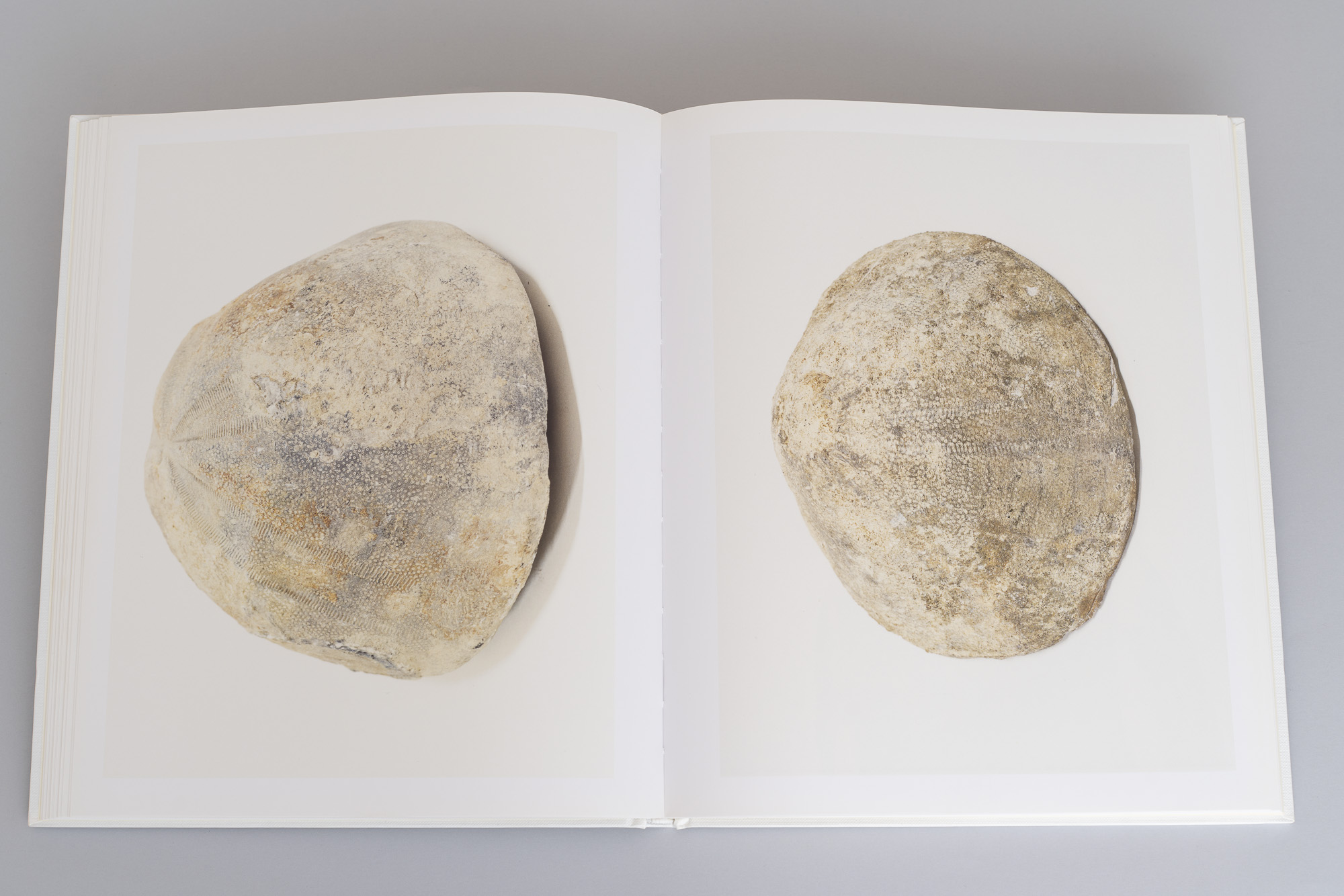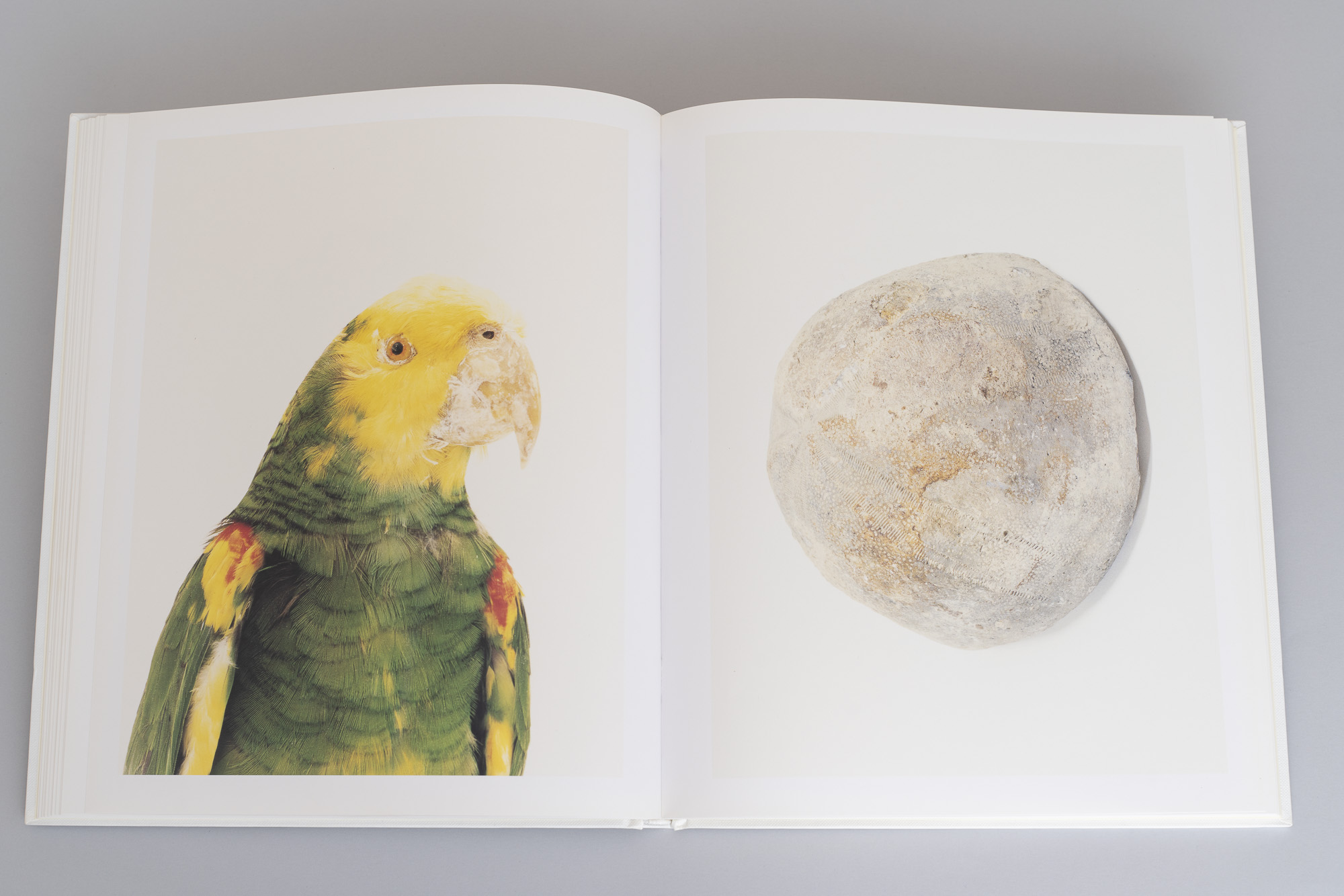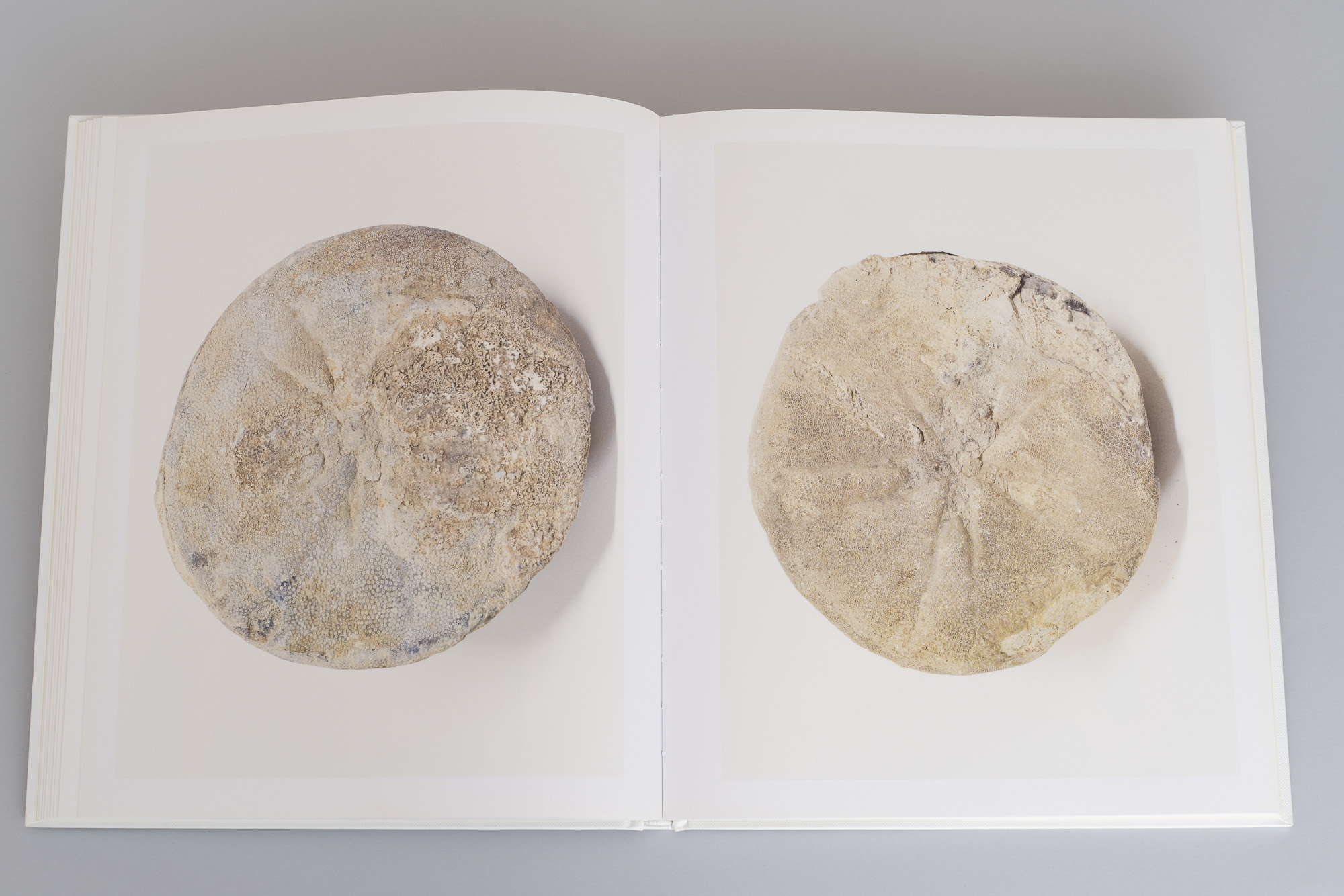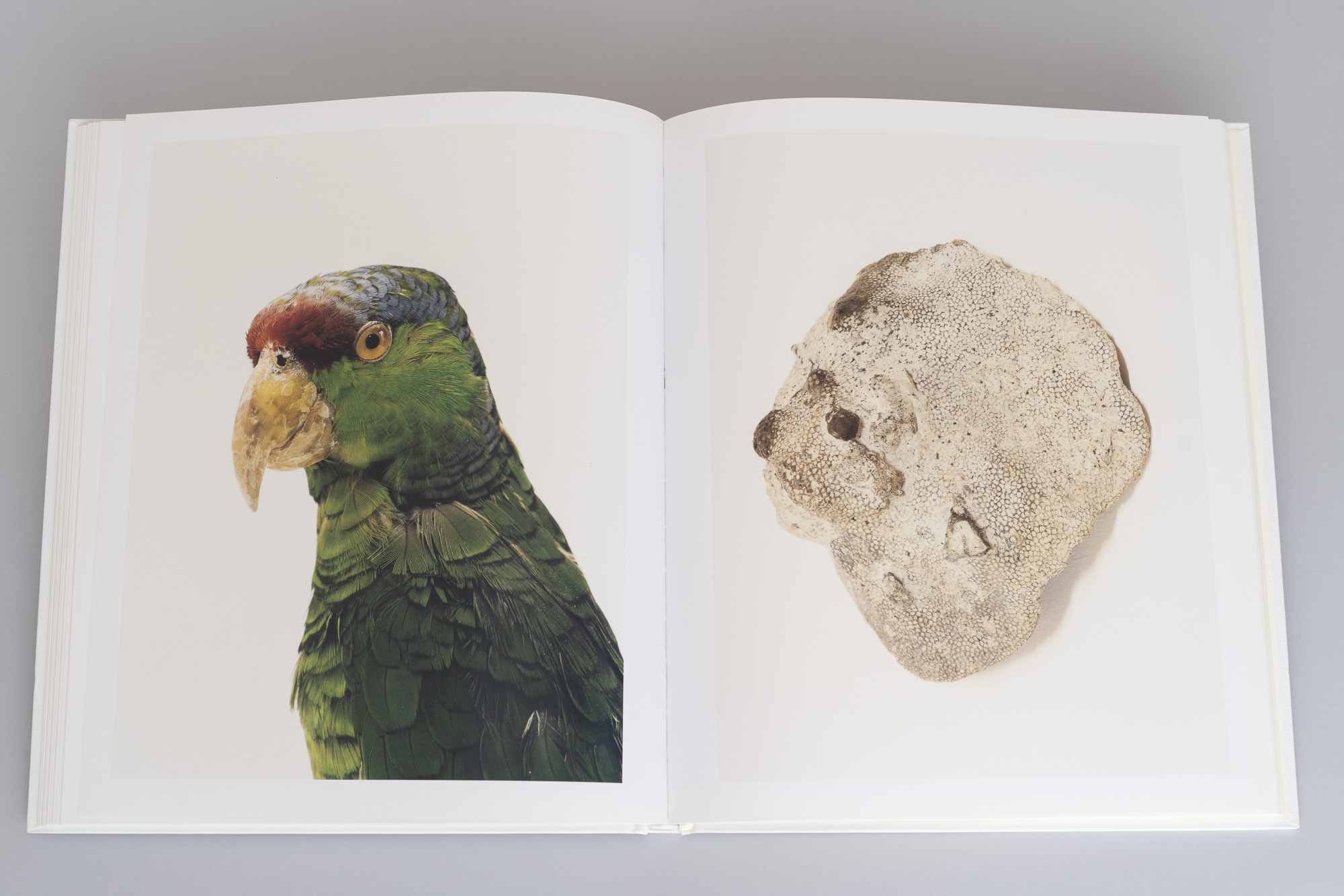Under the Volcano and Other Stories
A book and a show about how we can sequence ideas, thoughts and photographs. A CONDITION IN WHICH EVERY TIME IS LIKE THE FIRST TIME
A conversation between Rene Gabri (GDR) and Stefano Graziani (SG)
Venice, January/March 2009.
GDR: In our previous conversations, we had constantly been starting at the rear anm,m,,m,d looking ahead. Instead of speaking about the work that had been completed, talking about the work to come. I like this strategy, since it renders explicit the fact that each work or research in some way sets a course for the next work. Having said this, I thought that as a beginning for this conversation, we could try the simplest of artist interview genres, which is to begin by talking about the title for this series and how you arrived to it?
SG: Yes, I agree. Let’s start from the beginning and turn the order right side up. At this point of the project, a possible idea for a title is Under the Volcano and other stories. It’s a title which tells more than it appears to. Well, to start, there is a trace of the volcano in the series of photographs, but the book and the project in general have no formal or geographic relation to it. For me, “under the volcano” evokes a condition that has nothing to do with the place you find yourself in at any specific moment. There are a few pictures pertaining to the volcano, which I could not avoid inserting. They are foggy, smoky and full of rocks and sulphur. But whatever subjects the photographs represent, I’m interested in the human condition – something close to being in relation to a constant presence which always remains. I would also like to think of these photographs as a series of overlapping dreams and visions. So the stories don’t have a precise beginning or ending. They exist as a consequence of some other conditions.
GDR: Are you thinking of a specific set of conditions or something more general?
SG: The first attempt is clearly to escape from geography, but I wouldn’t say that I’m interested in the condition of escaping from something. The development of the work has been rather long, involving many moments, things, thoughts and conditions. I’m interested in the act of synchronizing, and in how when faced with so many possibilities we synchronize them, or how we find ourselves simultaneously in a state of non-synchrony with them.
GDR: In our last interview, we left you in the center of the world, inside a dark cave. And your new series seems to have started there. And now we find ourselves with you at the foot of a volcano with other stories. You talk about an escape from geography, yet we keep finding you in locations which are normally associated with wonder and interest in the physical features of this earth. Can you explain this asynchrony?
SG: Yes. The title and the thoughts it provokes may seem very closely related to geographical survey studies, but I think that one can be lead by the photographs in many different directions. I also believe that whatever one perceives as a kind of asynchrony is a means of generating questions. So I sometimes use familiar things, but I try to de-familiarize them or give them a different meaning. I guess it is here where synchrony and asynchrony overlap, and this overlapping occurs through the inner connection amongst the photographs and the complexity of the whole sequence with relation to the spectator, or the reader… There’s one piece I always think about – Der Lauf der Dinge, by Fischli and Weiss. I like to read consequentiality in it and yet I keep it as an example of how unpredictable some conditions can be.
GDR: I know you are not interested in foregrounding the condition of escape, but I am interested in this idea of escaping geography. I like the image of a photographer who packs up his old camera and begins to run, away from what could be read as documenting the world, away from the landscape, out of the frame. And our photographer, before leaving this landscape arrives at two extreme situations. Extreme in geographical terms, but also extreme in the relation to the world of sensation and perception. A cave. A volcano. If they do not serve as geographical referents, what function do they serve in this series of photos?
SG: Maybe what I was calling the weak point is precisely this fear of geography. In fact, the only field work I’ve done is in caves and at the foot of the volcano. The cave and the volcano are partial allusions to Jules Verne’s journey, which started in Iceland and ended in Stromboli. Everything that lies in between these two extremes is what we’ve called asynchrony. It is the unlocatable and untouchable part. It is a reminder of a self-critique of photography – the moment of the conceptual separation from reportage, the moment of awareness of the language becoming autonomous. Everything has been done in a studio, in a controlled space. I think this is the basic distinction from the documentary or geographical genre you’re alluding to.
GDR: Let’s press stop. Let’s go back to the start of this interview and imagine another beginning. We started our previous interviews with the premise of a kind of continuity, which exists between works. I want to problematize this position, since I find in this new series of works a kind of effort to also break with the past. In what ways would you say this new work is discontinuous to your previous series?
SG: There are no names and there is no real connection to any particular person, like with Carolus Linneus in the past work . There is no need to show any particular represented object. Only on a few occasions did I travel to take the photographs. Also, through this work, I became more interested in myth. Quoting Cesare Pavese’ introduction in the first edition of I diaoghi con Leucò in 1947, “He momentarily stopped believing that his totem and taboo, his savages, spirits of the vegetation, ritual murder, mythical sphere and the cult of the dead were useless peculiarities, and he wished to find in these the secret of something that everyone recalls and somewhat tiredly admires, yawning a smile”.
GDR: Do you think this collection of images in some way offers us a way out of what Jules Verne’s Axel called “the atmospheric fog” we seem to find ourselves in?
SG: I like this suggestion of the atmospheric fog. It’s like looking about under a different lighting condition, which can offer a new vision and make other things visible. We can see in ways that we may have never looked or even seen before. That fog can be a temporary amnesia – a condition in which every time is like the first time, where things appear and are unexpected. I like to think of the whole work as a phantasmagoria, that is, something that develops through apparitions – a wide range of ideas and concepts that I found and only I sometimes explored.
In the very beginning, I was inspired by Darwin’s idea of coral as a possible diagram for his theory of evolution. I show the birth of coral in the photograph of Giorgio Vasaris’s painting Perseus and Andromeda, where an enamoured Perseus kills the dragon in order to free Andromeda. The painting shows the bleeding head of the Medusa. The blood touches some sea plants on the shore, transforming them into coral. A coral structure is something which offers many possibilities, permitting dérives, or drifting. I guess I’ve done just that. I’ve found many pretexts and texts which allowed me to use photography.
For example, I have included some photographs of embalmed parrots in the project. I started thinking about parrots because they are talking animals. It’s an allusion to Alexander Von Humboldt’s South America encounter with parrots repeating words which had nothing to do with the language used by the people they were living with. Although Alexander Von Humboldt’s question was how this could have happened and how to transcribe the repeated phonemes, it makes me think of the last possibility to think or listen to something which will soon be for ever lost – a condition that makes us face a dead language.
Some of the photographs are more directly in play with one another. One example is the photograph of a plaster bust of a monkey. I imagine this monkey to be contemplating some constellations in the darkness of the sky. This is the same black sky where the owl flies. I like to recall the presence of the owl. It is a Strix and will be near the photographs of the stars. Strix is the name from which the Italian word for witch, strega, derives. It is a nocturnal predatory bird, thus it evokes night and wizards, thus the invisible and occult world photography is not supposed to be able to show.
Some of the photos are transition points. As an example, I could say something about the photographs of the fossils and the prehistoric tools. For me, fossils are a way to think about the origin and of the great flood. They are stone traces and links to the past. They are the hardest deposits remaining in the sieve. They represent for me an allusion to the beginning of the cult of the dead, a possible moment of origin of the spirit and the soul. There is something here that I believe could represent the direction in which I would like to lead my attention next.
GDR: In Gilles Deleuze’s book on Francis Bacon, the Logic of Sensation, he develops a very interesting discourse on the relation between painting and photography. At one point, he builds off of Bacon’s own statement that the photograph is not a figuration of what one sees, but it is what ‘modern man’ sees.
The work of the artist becomes an act of subtraction, of a withdrawal from all the clichés, all the pre-conceived modes of perceiving and accessing the world. Here, in this series of photos (which allude to different genres including landscape, portraiture, and still life) we return to “the atmospheric fog” that Jules Verne’s Axel found himself attempting to flee. But this fog acts as a temporary refuge from the prevailing logic and agreed upon distribution of our sensible world. It returns us in different ways to the fog of the event, from which we may discover the many paths not taken. And it remains up to each of us to find what you call synchrony, and what I might simply call our way out. If I may return to your use of the word condition, I would like to cite the English introduction to Hannah Arendt’s The Human Condition, written by Margaret Canovan in which she writes:
Arendt’s account of the human condition reminds us that human beings are creatures who act in the sense of starting things and setting off trains of events. This is something we go on doing whether we understand the implications or not, with the result that both the human world and the earth itself have been devastated by our self-inflicted catastrophes.
For instance, the coral stands in for a completely different conceptualization and rhizomatic diagram of evolution, which Darwin pursued and then later abandoned presumably for more divinely attributable arboreal root model. The images of lunar cartography, which are composed of a mixture of drawing and photography, stand in for a moment of encounter and symbiosis, in which man is not overcome by technology, only aided in constructing, in figuring (out), giving (image to) the world. A moment which still could not do without the imagination and tactile intervention of humans. We are brought back inside the cave, we are once again Plato’s caged prisoners, forced to ascribe forms to the shadows we see, forced to rethink the moment in which we are freed from the chains and emerge from the cave to understand that the shadows were not reality. In this series of photographs, we are challenged to rediscover within the relics of scientific investigation, within these remnants attesting to the attempt to construct a realist account of the world, a moment of doubt, of wonder, of phantasms, dreams, and strange wonders. These artifacts of thought and research, taken out of their context, are placed back into the open, an indeterminate place constituted by forms, which themselves appear to us as shadows of what they once were – a world such as it is. A world in which forms and sensation cannot be so easily separated, but indeed act upon one another, meet at their limit, at times forcing us to traverse ‘the measure of language’, to think, to name, to find a vocation befitting our being called, out of the cave, here, toward, the open, the being-in-the-world.
Galleria Mazzoli Editore www.galleriamazzoli.com
Texts Anselm Franke Rene Gabri Stefano Graziani Arturo Carlo Quintavalle
